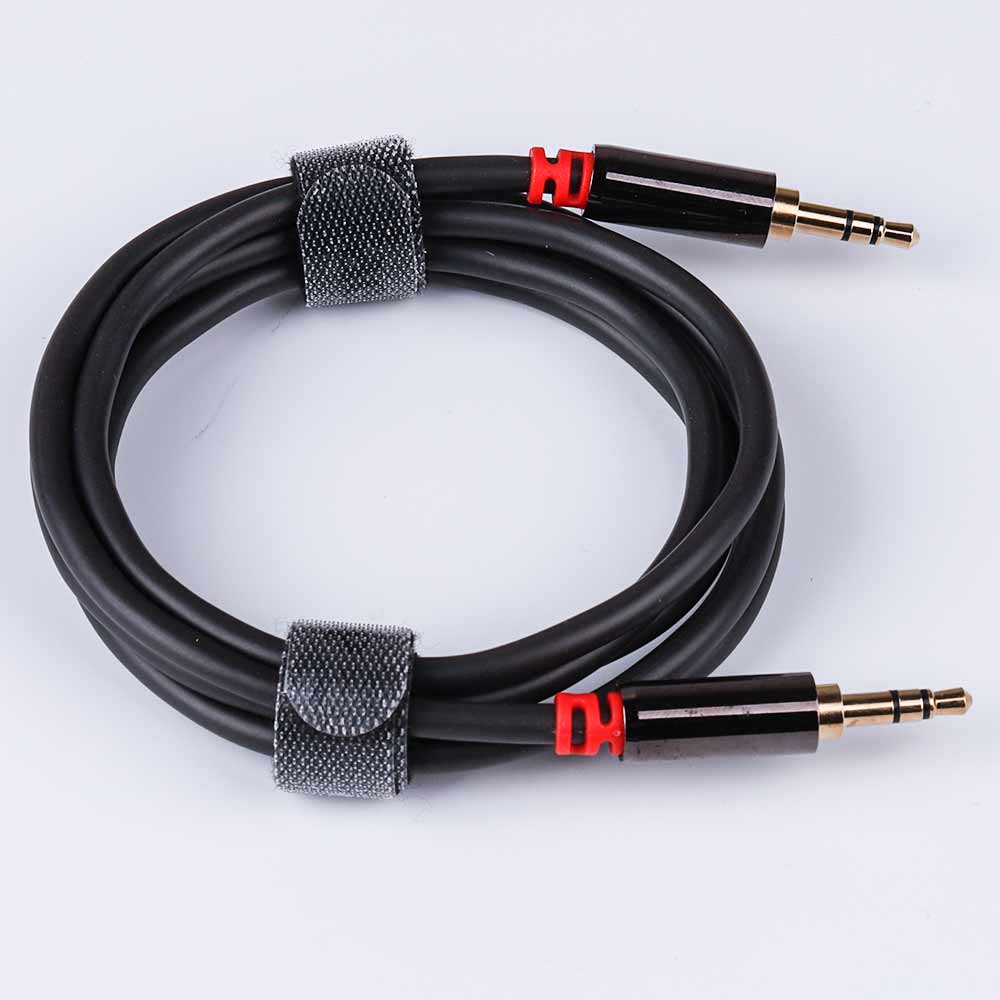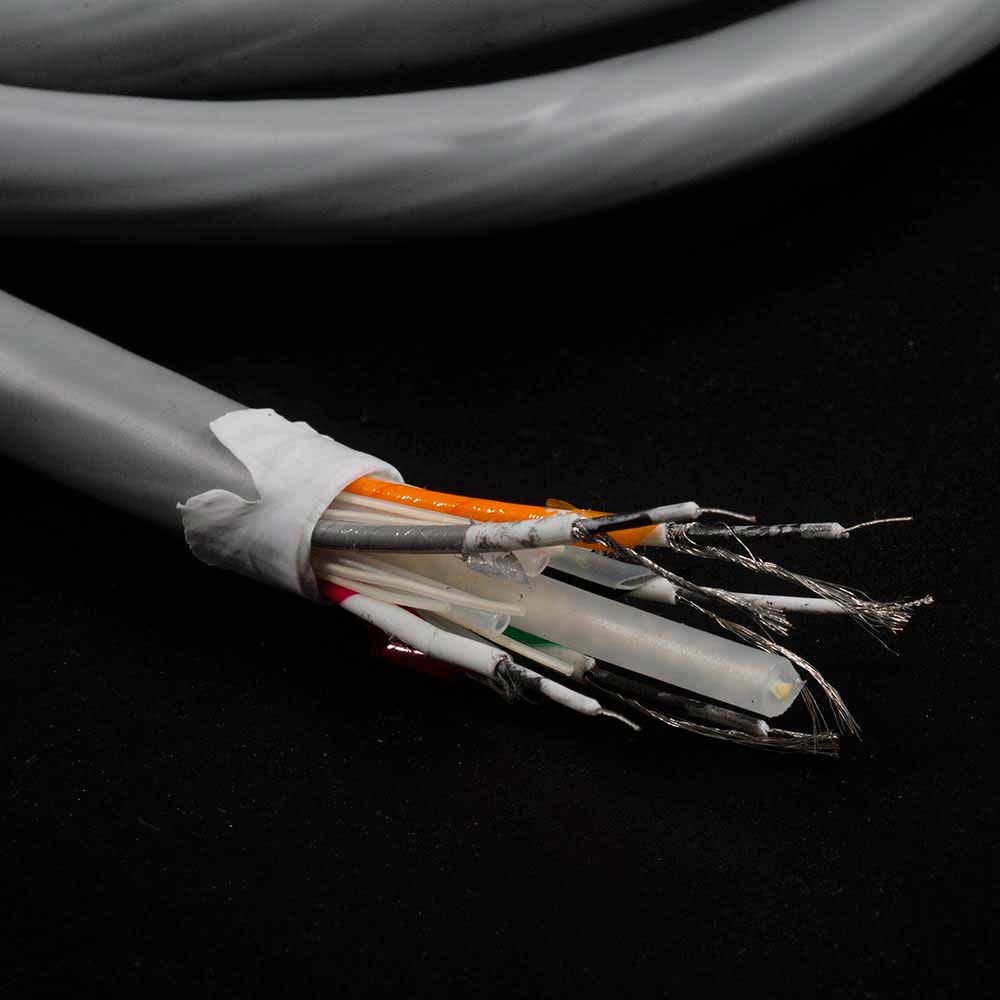Custom Low Capacitance Cables for Special Applications
A cable with enhanced performance characteristics is often required when data speeds are higher, distances are longer, circuits are balanced, and electrical signals are noisy. Low Capacitance Cables is demanded in this case
Streams of ultra-fast voltage fluctuations or pulses are generated by digital data in a cable.Integrated circuits and computer chips can understand and manipulate the pulses like Morse code.Computer data today is much faster than Morse code yesterday. LANs operate at speeds of 100 Mbps, which is about 3 or 4 times faster than Morse code pulses (about 3 or 4 per second.In contrast, some companies are implementing Gigabit Ethernet at 1000 Mbps.
When high speed data pulses pass through any cable, they degrade or deteriorate.
Depending on the data rate, cable length, and cable electrical characteristics, the pulse shape and height both change dramatically. A degraded output signal will result in a computer system failing to recognize data, or recording false data. If used over longer distances or at higher data rates, the same cable that works in shorter lengths may not be adequate. A chain of pulses travelled through a length of cable is shown below as an “input” and its output. Compared to the input, the output is much smaller and has a different shape.

Definition of Capacitance
When it comes to data or signal cables, capacitance is a particular problem. When voltage is transmitted through twisted pair or coaxial cables, a charge is created across the insulation between the conductors. The charge that builds up in the cable over time is caused by the inherent capacitance, resulting in a delay that interferes with signal transmission. Digital data pulses which are square in shape are transformed into “saw teeth” due to ramp up and discharge, which may result in the circuitry not recognizing the digital pulse.
Cable capacitance is usually measured in pf/m (pico farads per meter) or pf/ft. (Pico farads per foot. In general, the lower the capacitance, the better the cable’s performance.
What’s the advantage of using low-capacitance cable?
The cable capacitance is often the most critical electrical parameter when transmitting high-speed data. Using a high capacitance cable delays the voltage rise and decay times, thus distorting the data. It appears that the output signals are like “saw teeth” rather than the ideal “square wave” input. A cable with a lower capacitance always performs better with high speed data, resulting in less distortion. Cables with low capacitance maintain the required wave shape and minimize data errors.
In coaxial cables, the two conductors with insulation in between form a capacitor that holds an electrical charge.
Capacitance is small and is additive – usually displayed per foot or per meter, it must be multiplied by cable length to get the total capacitance. The capacitance of a signal is frequency-dependent and affects the signal’s level. Signal loss increases as the frequency increases due to the capacitance’s reactance. To make a Low capacitance coaxial cable, we usually increase the insulation thickness or decrease the conductor diameter
How long can it transmit before high-frequency loss becomes apparent?
For instrument cable, high-frequency attenuation is very important for the performance. A typical low capacitance instrument cable is low capacitance audio cable.
A cable with a lower capacitance allows for more of the instrument’s natural “brightness,” “presence,” or “bite” to reach the amp, which allows the treble controls to be lowered, reducing hiss and other unwanted noises. High-frequency loss from cable gradually becomes detectable and objectionable based on the source, the amplification, and other factors. When high-frequency loss appears or disappears, it is not sudden. When the source impedance or cable length is increased, the loss increases, take low capacitance guitar cable for example, Guitars have much higher source impedances at higher frequencies because their pickups are inductive, which aggravates the effect of cable capacitance. When a guitar is run through a 40-foot cable, it will sound noticeably muffled, while keyboard instruments, samplers, mixers and other line-level devices with low source impedances can usually drive cable runs of hundreds of feet without any problems.

Special Low Capacitance Applications
Some equipment systems and data processing environments require more exotic cable than standard low caps. One example is EIA (Electronic Industries Association) RS-422 applications. It defines “balanced circuits,” which require pairs of conductors that are isolated with their own grounding circuits. A low cap construction with shielded pairs is often required. low capacitance RS232 cable is similar to this
Another application that might require different low cap cables is an electrically noisy environment, like a factory floor. Motors, high voltages, and other devices generating extreme electrical and magnetic fields are capable of interfering with sensitive digital data. Thus, many computer aided design (CAD) and computer aided manufacturing (CAM) systems utilize double shielded low capacitance cables. These cables are shielded with aluminum and polyester tapes, along with tinned copper braids. With this combination, both shield coverage and shield effectiveness are excellent.

Cable designers must also consider the speed at which electronic signals transmit or propagate. A high speed data stream that has to travel a long distance can become unrecognizable at the output. Cables with foam insulation are often specified in these cases. Our low cap cables use solid polyethylene insulation with a propagation velocity of 66%. Hence, an electronic pulse travels through the cable at 66% of the speed of light. If this is not fast enough for your application, you could also use foam polypropylene insulated low cap cables. They propagate data signals at 78% velocity with less signal distortion.
Ways to reduce the capacitance in cable design
- Increase the thickness of the insulation
- Reduce the diameter of the conductor
- Low-dielectric-constant insulation
It is usually a combination of all three methods, since each has its own limitations. In addition to the capacitance of the shield, a metallic shield will introduce a further capacitance, the core to shield capacitance, which can increase cable capacitance significantly.
Supply custom manufactured Low capacitance cable
As a upstream cable extruding company,most of cable are not in stock,we provide Low MoQ,LoW prototype charge for custom cable acccording to your design or performance requirement. We are experienced in following cable design and extruding,if you have demand for such items,leave us your detailed specification,we would be glad to make the best offer and fast prototype
| low capacitance rs232 cable |
| low capacitance phono cable |
| low capacitance guitar cable |
| low capacitance rca cable |